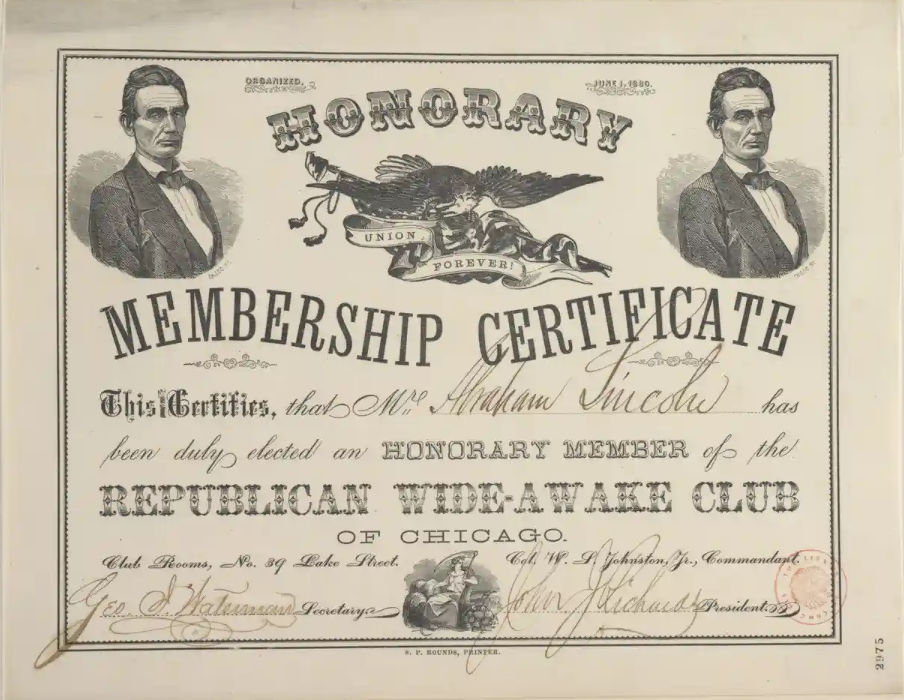FLORIDA
Slavery in Florida is more central to Florida’s history than it is to almost any other state. Florida’s purchase by the United States from Spain in 1819 was primarily a measure to strengthen the system of slavery on Southern plantations, by denying potential runaways the formerly safe haven of Florida.–Wikipedia
In Cuba and other sugar-producing islands, the Spanish were far from humane to their slaves, treating them cruelly and brutally.
It’s important to recognize that Spanish slavery pre-dated 1619, but that does not diminish the fact that American slavery was both more extreme in its harsh character, and was a major factor in US economic growth and development, to the degree that our present economic power in the world is due to unpaid black slave labor done in the past.
There had been slavery in Florida when owned by Spain as far back as the 1500’s, but it had a very different and varied character. There were fewer of them, because enterprises requiring massive labor had not been developed.
No one was born into slavery, and slaves could buy their freedom. After King Charles II declared that slaves escaping from the north could, if they became Catholics, become free, it became a haven for refugees from the British colonies.
“Miscegenation was also common practice in Spanish Florida. It generally involved a Black woman intermarrying with a Spanish man and raising their family side-by-side with his Spanish wife and children. Black members of such families were afforded more freedoms under Spanish law and a higher degree of social status in their communities.”
“In contrast, interracial marriage was illegal throughout the American South, and maternal slave laws dictated that a child born to an enslaved woman would also be enslaved. It was certainly common for slave owners to impregnate their female slaves, but those women, as well as their children, were seen as nothing more than the property of the slave owner.”
After purchase by the US, plantation farmers began migrating to Florida for the cheap land, and began bringing slaves, some in forced marches from Virginia and other states. The population doubled, and the percentages who were slaves increased from 40% to 60 or 70% is some counties.
Slaves were legally property like cattle, and were taxed according to value. Children 8 and younger were worth $800, workers from 16-25 $1200. By 35 the value was down to $900, and at 50 only $300.
The dollar value of slaves added up to be more than the value of the land they were forced to work on.
Florida has officially admitted its role in the history of slavery, but its current government has taken a position that it should not be learned, read about, or talked about from now on.
They have been trying to turn the term “Woke” into a negative. Ironically, in 1860, the “Wide-awakes” were Republicans– for Lincoln, of course, and strongly against slavery.

“We know, from the historical record, that the Wide Awakes began to assemble in Hartford, Connecticut, on the night of 25 February 1860. An anti-slavery politician from Kentucky, Cassius Clay, came to speak”
It is also odd that those who lamented “destroying history” when statues of Confederate villains are taken down (as if honoring the dishonorable was “history’), now wish ACTUAL history not to be taught to young people, fearing that these enlightened youth might want to right past wrongs.